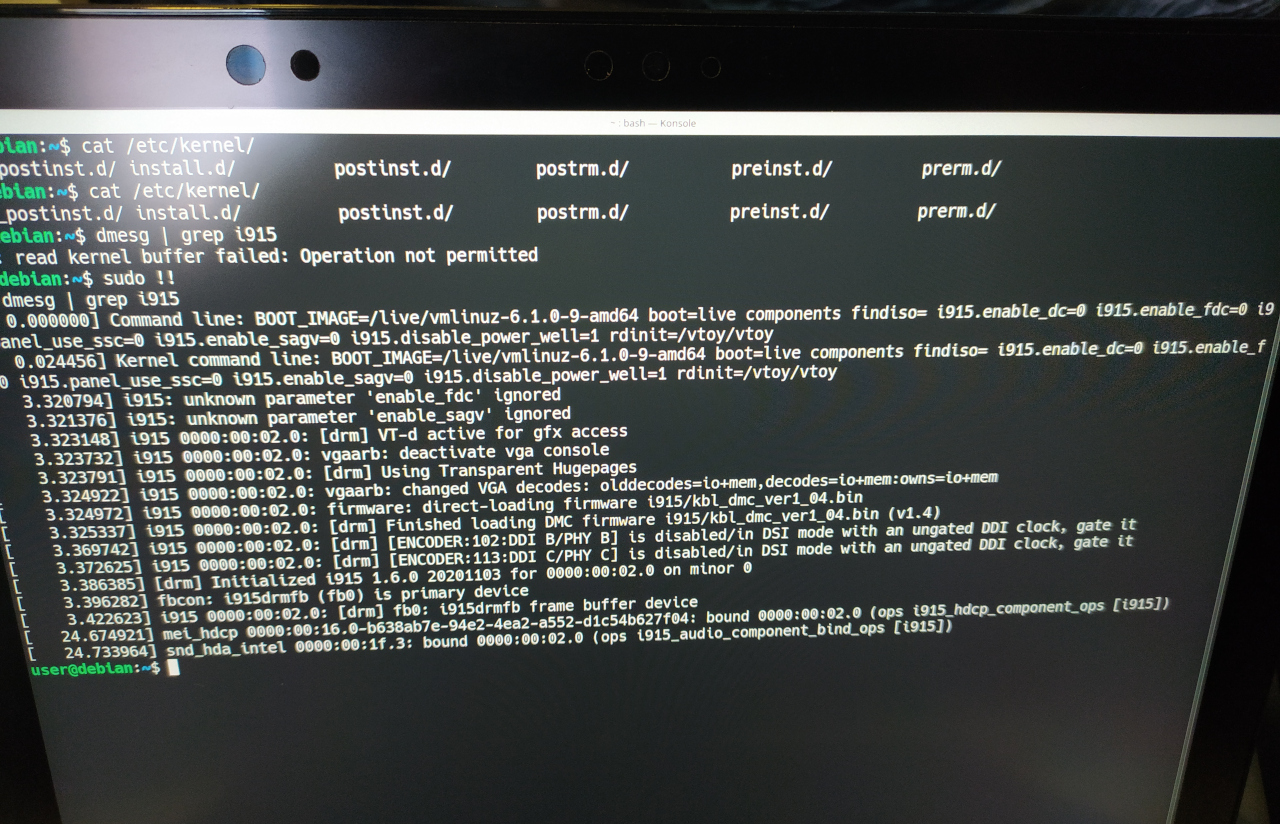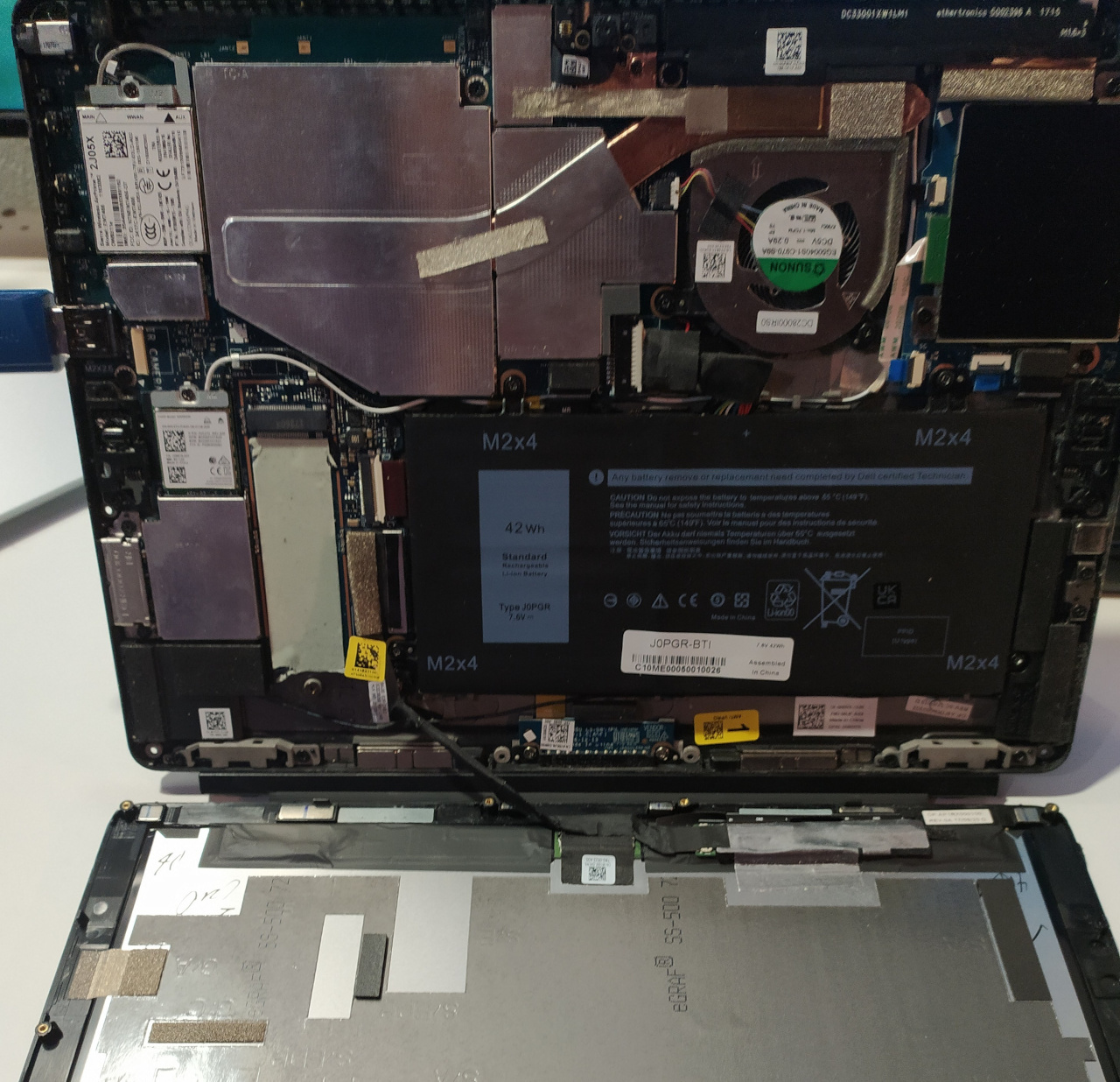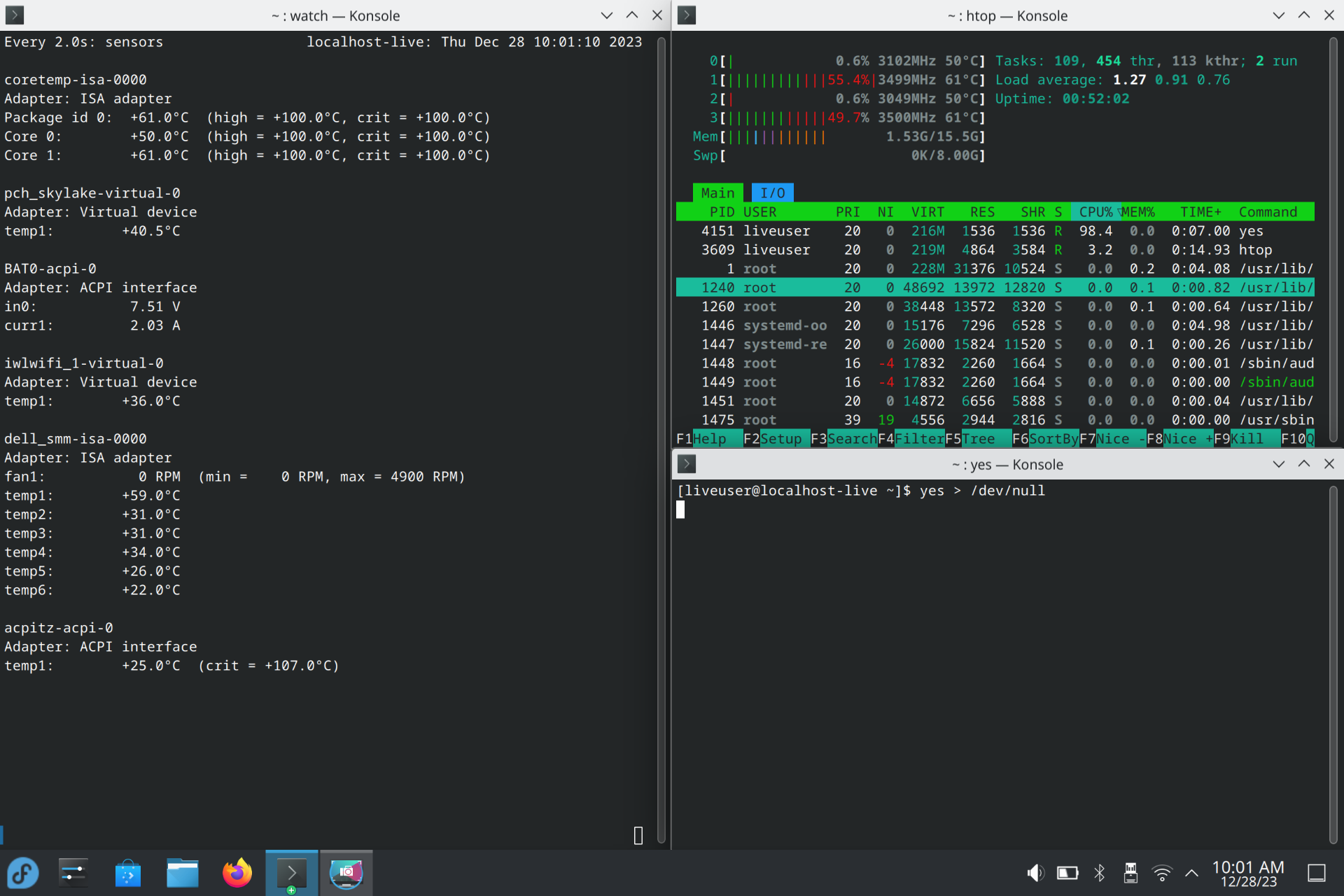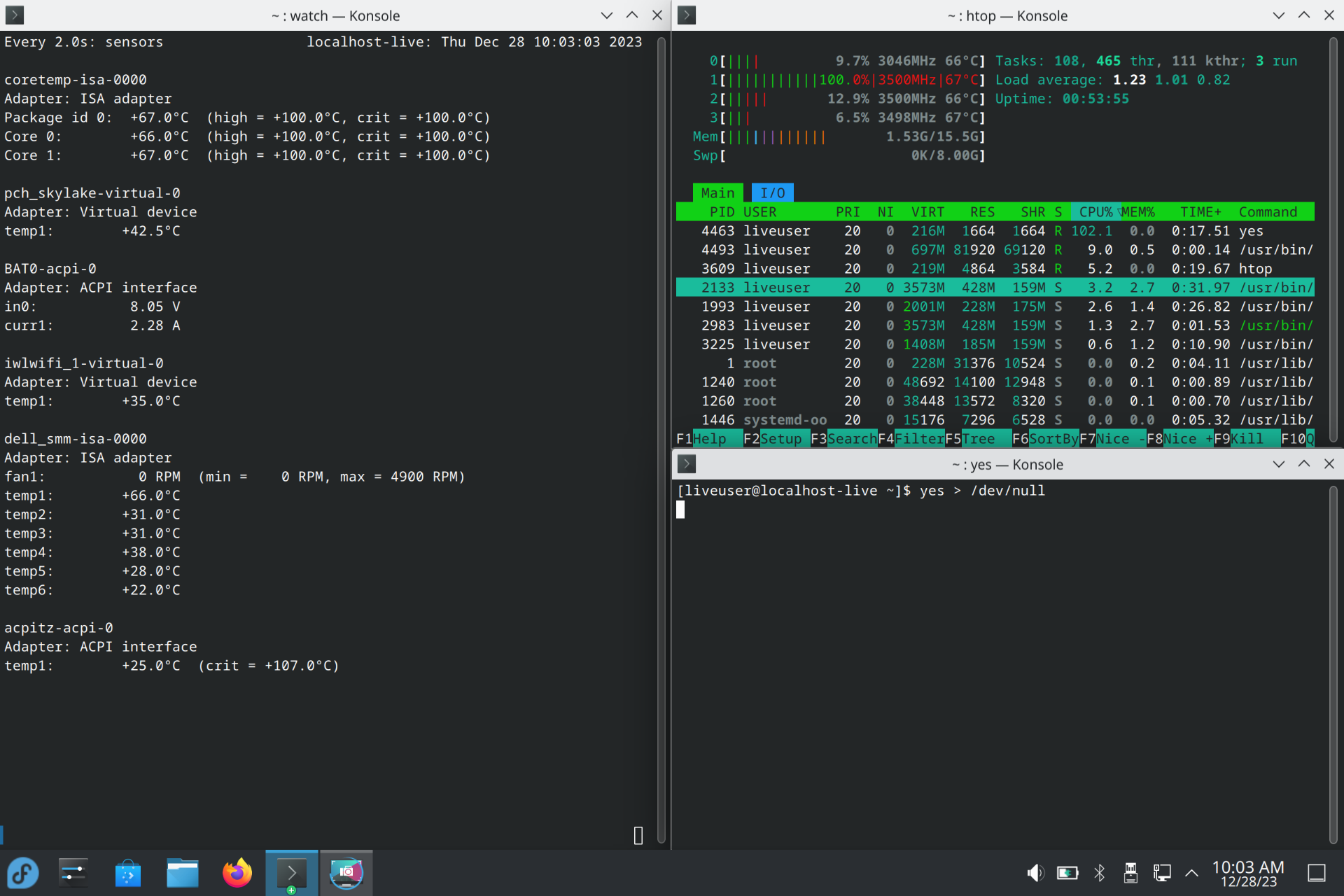- 4 Posts
- 56 Comments

 3·3 days ago
3·3 days agodon’t you need ROCm drivers for that sorta thing? I know you need 'em for OpenCL, Blender, etc., so I assumed it’s the same for ffmpeg, so I never bothered to try.

 2·3 days ago
2·3 days agono help to you, but my god is it convoluted and complex; every year or so I look up if there’s been some change in that regard and every time I stop reading halfway through the setup instructions. maybe next year…

 1·4 days ago
1·4 days ago“or else”. and raise your eyebrows (practice in front of a mirror).
on a more serious note, if you set it up via docker on a VPS, you have a portable solution that can a) be easily scaled within the provider’s infra and b) be transferred to on-premises bare metal, should the need arise.
the distros you tried were… adventurous, to say the least, none of those would even occur to me.
themy rule of thumb is:- fedora - for the newest hardware, you qualify big time, especially if RH was an initial choice for you
- ubuntu - middle of the road, best for the majority of users, excluding newest or really old hardware
- mint/debian - for older hardware
everything else is for hobbyists and/or special use cases, not for people expecting to do actual work.

 1·9 days ago
1·9 days agoanyone dunking on the article, this is pretty far away from a how-to-lilst; it’s more of a “think about these things if you haven’t up until now” and as such a net positive. wrong community for it, though.

 1·11 months ago
1·11 months agoit is, that’s why I’m looking to linux to overcome the fault; like GRUB can cut out a piece of faulty RAM and work without issues.
thanks. unfortunately, didn’t fix my problem.
I also have a T480s with similar hardware to your Dell and it works without issues, no kernel switches necessary.

 1·11 months ago
1·11 months agotried a bunch of those, did
modinfo i915and then tried all that looked power management related, and in both directions. here’s one of those attempts:
just wish I could somehow do a snapshot of all kernel and other settings when with and without battery and deduce the difference, but I’m coming up short.
I’ll try to rephrase this and post again, as people assume I’m looking for hardware troubleshooting help.
I have an issue involving similar hardware, can you share the mandatory stuff for 8th gen iGPUs? read through the intel_graphics article but found no direct mention.
did you try the i8k module?

 1·11 months ago
1·11 months agothanks for chiming in. yeah, some surface models are prone to have these issues as well, I remember trying that in windows but with no results. in linux, the i915 driver doesn’t have that option any more, or I suck at reading comprehension… anyhow, not sure that’s the same issue, as my device has these spells also when on AC power but with battery installed. the only times it’s functioning properly is when it’s on AC and with battery removed. but this looks like a promising lead to research further.

 1·11 months ago
1·11 months agosure, it’s a decade old device worth like $100, if that. of course this is a tinkering exercise. but I’m referring to the fact that it works perfectly without battery, it obviously has some power limiting then (no speedstep, no turbo). so I was looking to recreate that behavior with the battery.

 1·11 months ago
1·11 months agothanks for the input. so no amount of tweaking and kernel switches and MSRs and what not can be utilized to lower or alter the performance so that it behaves? the repair route isn’t likely unfortunately

 2·11 months ago
2·11 months agohmm, there’s an idea. I’ll try to shield the cable from the battery with cardboard and aluminium foil.

edit: nah.

 4·11 months ago
4·11 months agonah, tried that when I had windows on it. that and a bunch of other stuff from the unhelpfulest site on the webz - dell.com. screen rates and resolutions and auto brightness as well. the battery contacts are way too tiny for me to do anything meaningful there. besides, I’m thinking that if the battery is the problem, then there shouldn’t be any issues when running the thing on external power; it’s not like the battery is powering the laptop when connected to external power, it’s running on external power and using the surplus to charge the battery.

 1·11 months ago
1·11 months agonaturally, it began again after waking from sleep. that’s why it’s so darn tiresome diagnosing it, you never know if the tweak you’ve made has any effect, sometimes it works for hours, sometimes it freaks out after seconds.
if the battery is the culprit, shouldn’t it stop being a problem when running the device on external power? it’s not like it’s constantly charging the battery and simultaneously draining it; at least, no laptop I know of does that. and if the display cable is faulty, then it should also have those flickers when running it without battery. that never happens.

 1·11 months ago
1·11 months agosadly that’s not an option at this point.

 1·11 months ago
1·11 months agothis if from a F38 live image.
idle on battery:

load on battery:

charging idle:

charging load:

battery is (or should be) 7.6V 42Wh. BIOS rates condition as excellent, 92% battery health. no visible deformations, as stated.
naturally, during this whole period the screen didn’t flicker once.

 2·11 months ago
2·11 months agothat seems reasonable but I don’t trust my chubby fingers, everything is so tiny I’m afraid I’ll short something.

 2·11 months ago
2·11 months agodeleted by creator


if she can do the blending at home and everything else on the move, your options expand dramatically. namely, you can equip a laptop with an eGPU so you can attach a desktop GPU to it.
an ultralight used convertible 2-in-1 in the sub$200 region is plenty powerful for everyday use, drawing, whathaveyous. a $50 eGPU slot, a $15 PSU and a used 8 GB GPU in the $100 region will blow out of the water anything new for up to $1K and possibly beyond. double the budget for the graphics and there’s nothing comparable but the top of Apple’s line-up (no drawing on those, though).